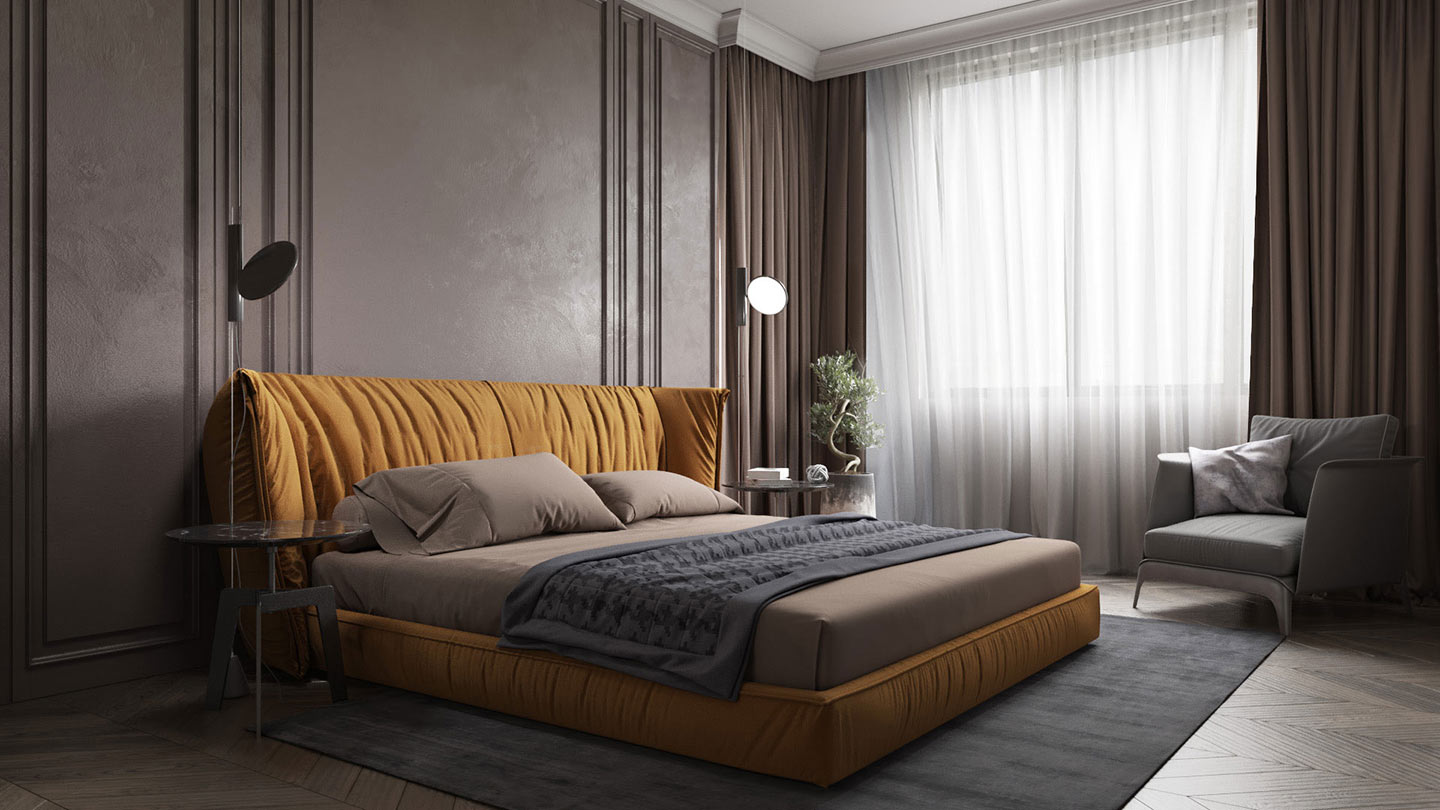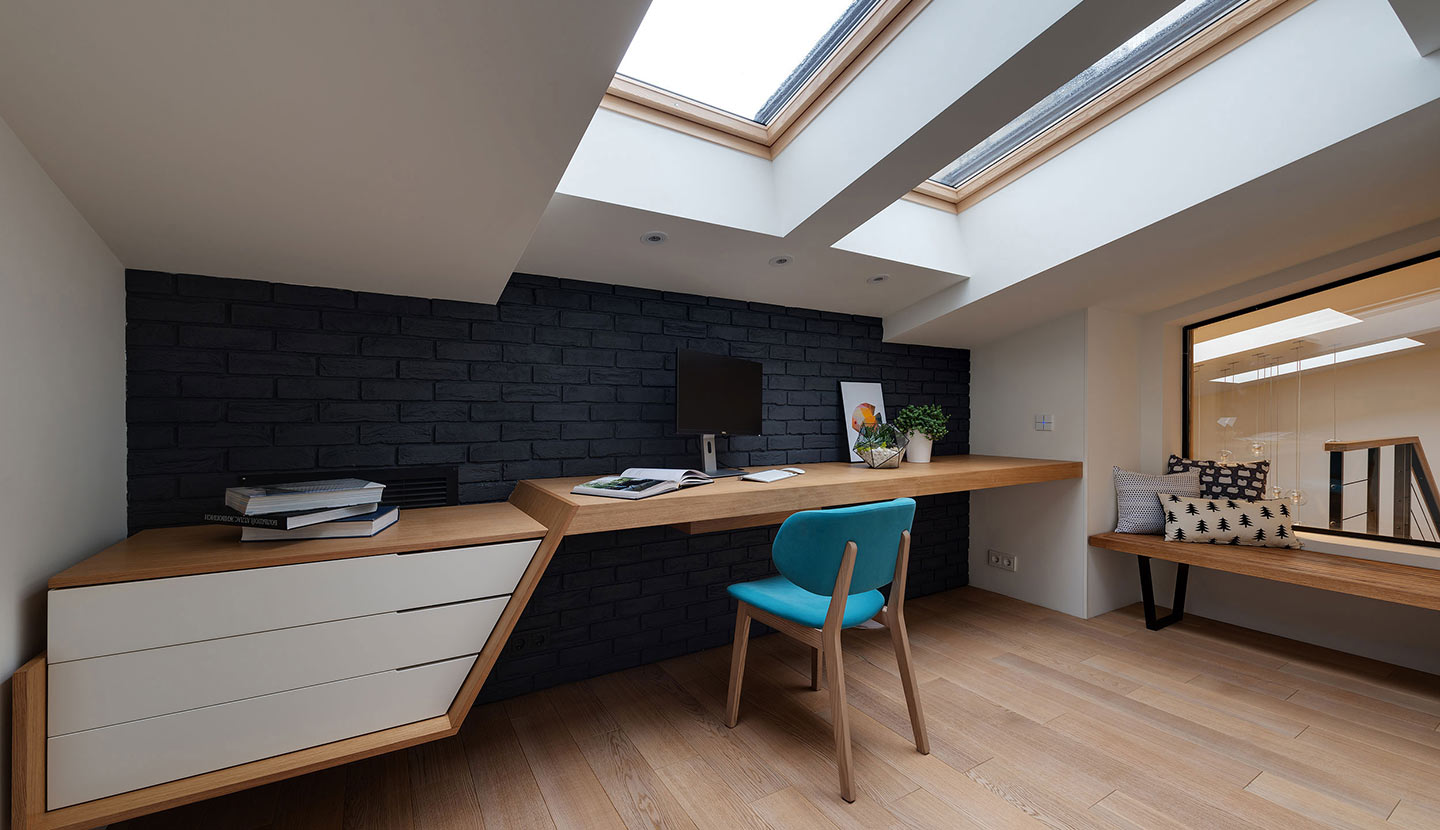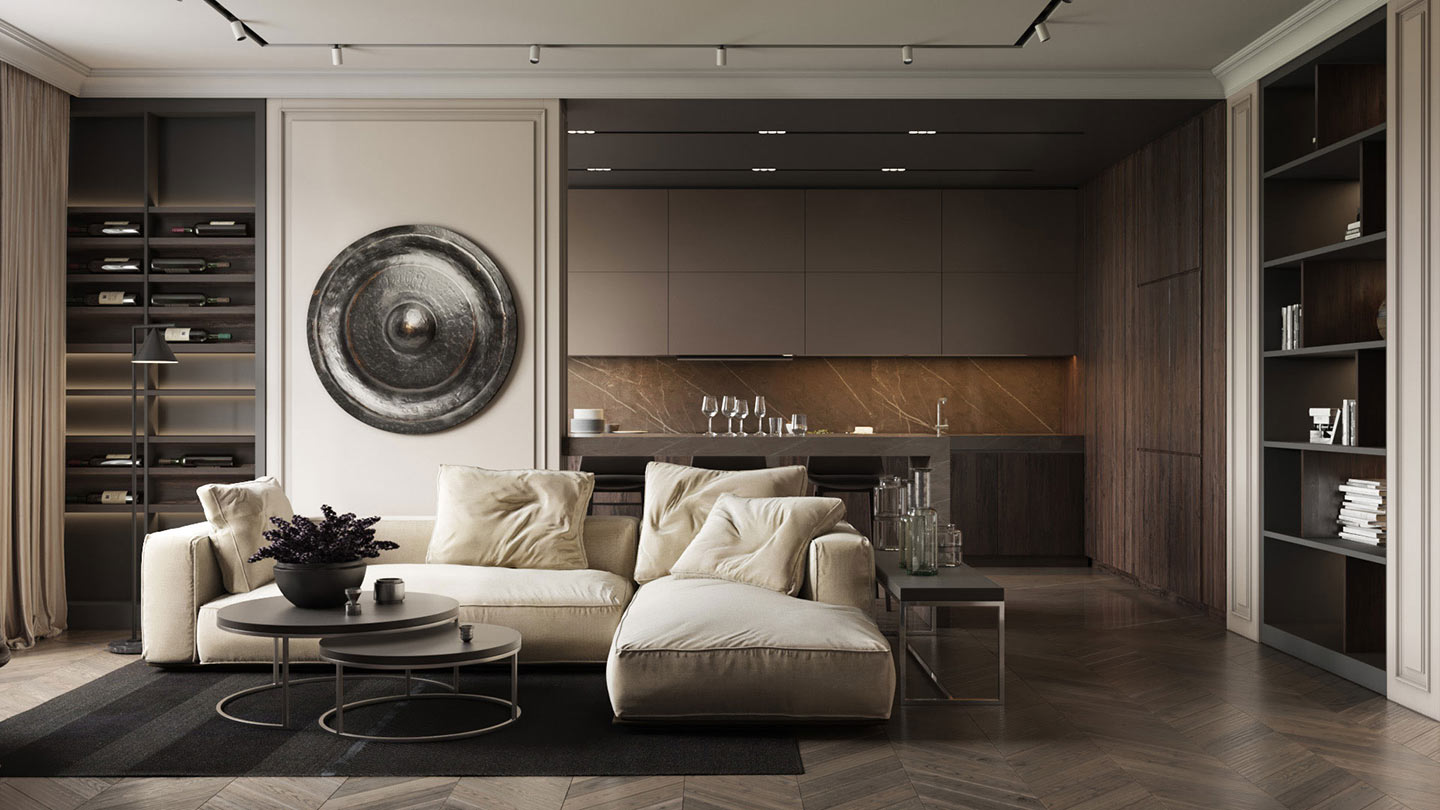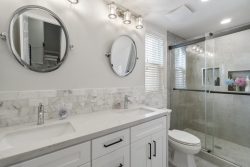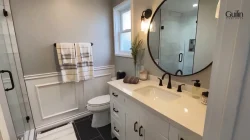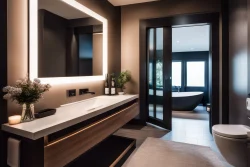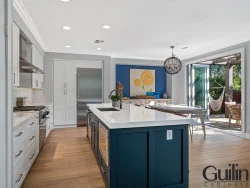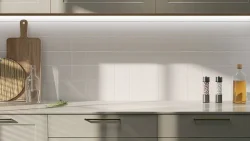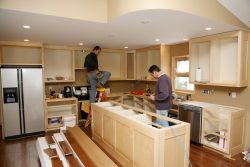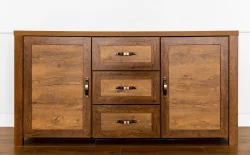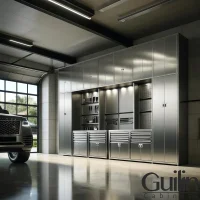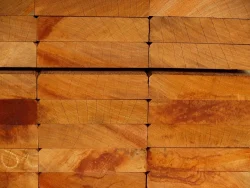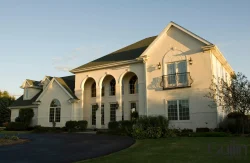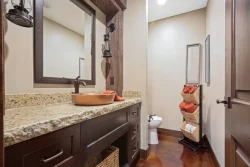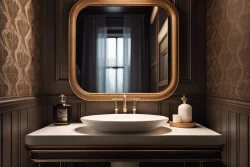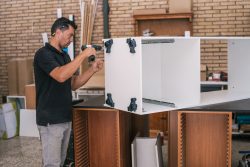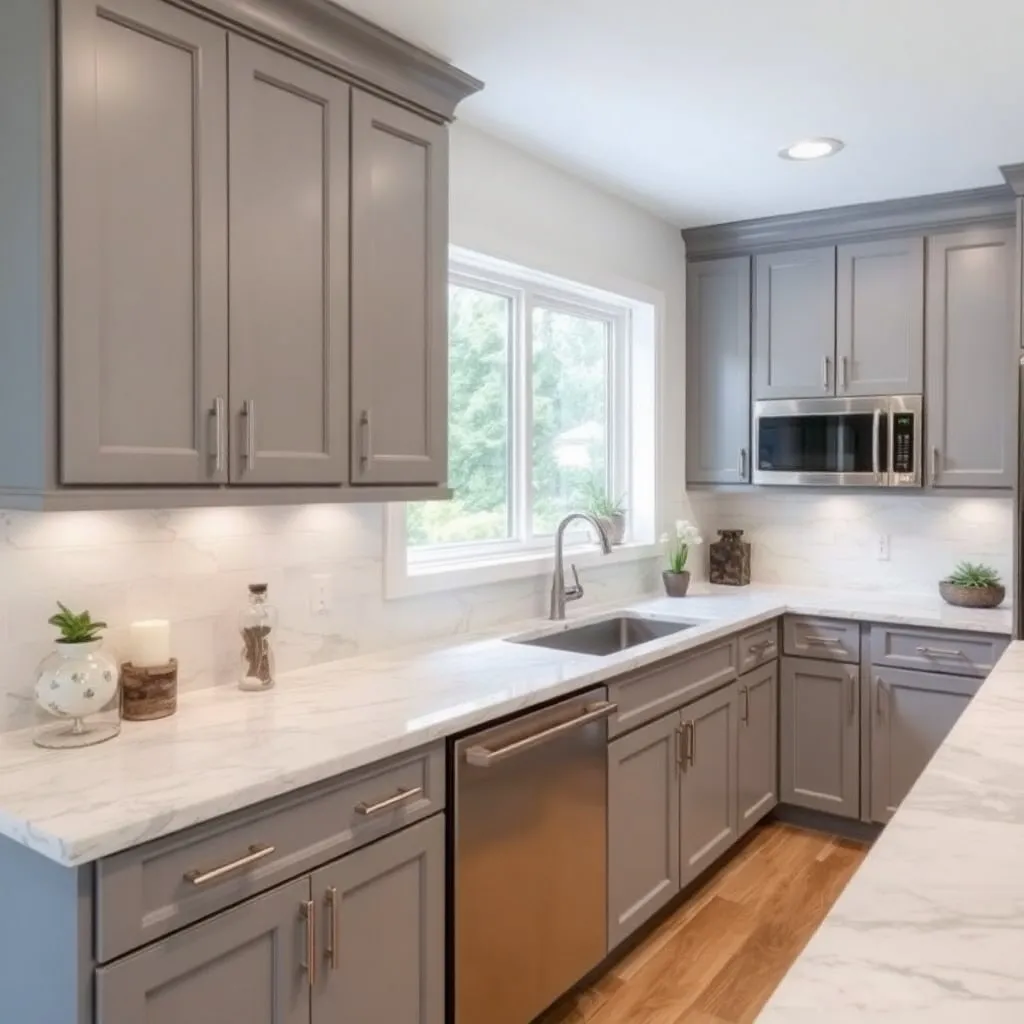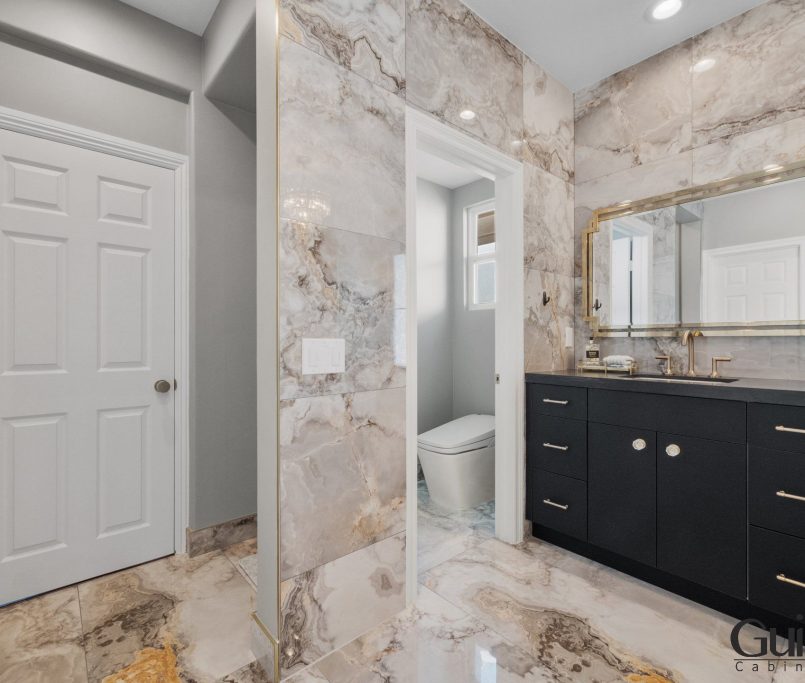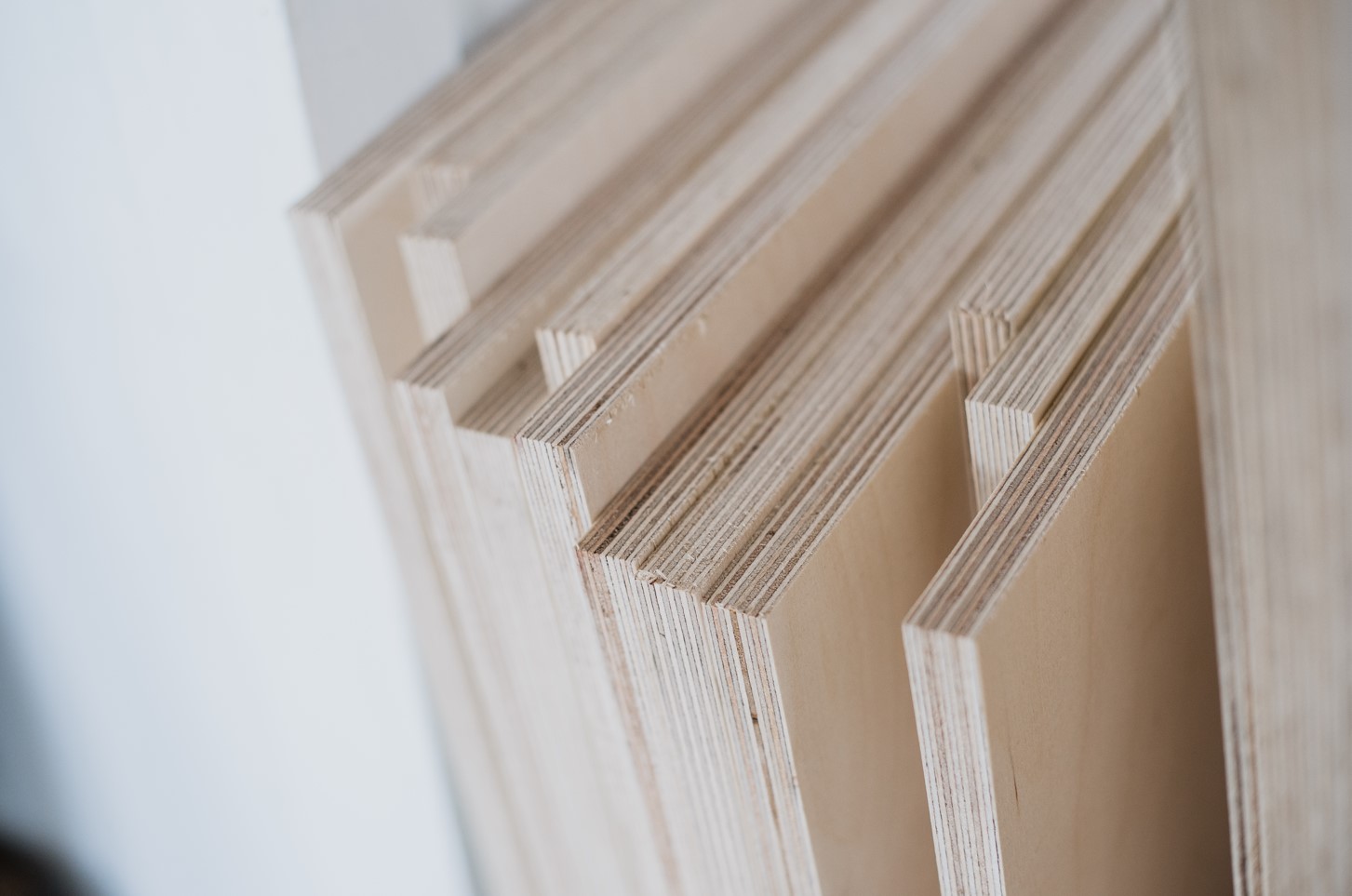
There are many different materials to choose from, each with its own set of benefits and drawbacks. Knowing about the various materials and their properties can help you make an informed decision when it comes to choosing the best material for your kitchen cabinets. Stainless steel, solid wood, and plywood are some of the most common and durable materials for kitchen cabinets, but they tend to be more expensive than other materials. On the other hand, laminate, thermofoil, particleboard, and MDF are more affordable, but may not be as strong and durable as the higher-end materials.
No matter what material you choose for your kitchen cabinets, it’s important to keep in mind the quality of the Cabinets Project. Cheaper materials may seem like a great deal at first, but if the construction is not up to par, it will not last long. To help you make the right decision, here is a guide to the 10 best materials for kitchen cabinets. Read on to learn more about kitchen cabinet materials pros and cons and the benefits and drawbacks of each of these materials, so you can make the best choice for your home.
List of Cabinet Materials:
- Solid Wood
- Plywood:
- Particleboard:
- Melamine Wood:
- Wood Veneer:
- Laminate:
- Thermofoil:
- MDF: Medium-Density Fiberboard
- HDF: High-Density Fiberboard
- Stainless Steel:
Solid Wood: Whole Cabinet
There are many materials available for kitchen cabinets, but in terms of strength, durability, and long lifespan, solid wood is a top choice for many homeowners. When properly cared for, solid wood kitchen cabinets can last for decades and provide a timeless look to any kitchen. In addition, solid wood is an environmentally friendly material, as it is typically crafted with sustainable resources. However, the cost of solid wood cabinetry is often more expensive than other materials, with the exception of stainless steel. Additionally, solid wood is porous and can be easily stained, so it is important to clean up spills quickly and regularly maintain the cabinets. With the proper care, solid wood kitchen cabinets can be a great investment that adds beauty and value to your home.
=> Read More: Solid Wood Cabinets: Pros and Cons to Consider

Pros of Solid Wood for Kitchen Cabinets:
Kitchen cabinets remain a favorite of homeowners today. Solid wood has several advantages that make it so popular.
- Very Durable
- Beauty
- Long lifespan
- Customizable
- Eco-friendly
=> Related Article: Veneer vs Solid Wood: Good Option for Kitchen
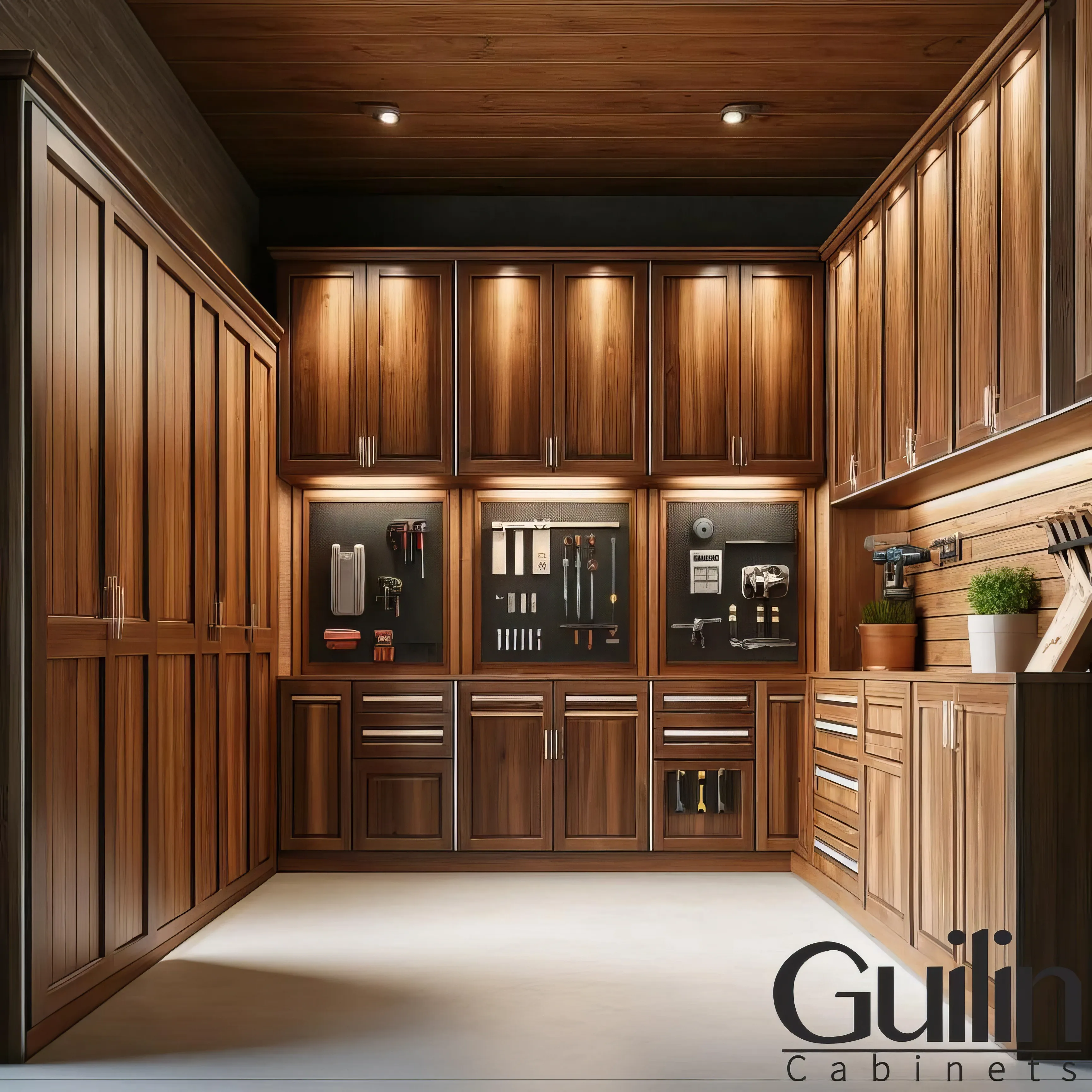
Cons of Solid Wood for Kitchen Cabinets:
Unfortunately, solid wood also has several drawbacks.
- Relatively Expensive
- High Maintenance
- Water Damage
- Termite Infestation
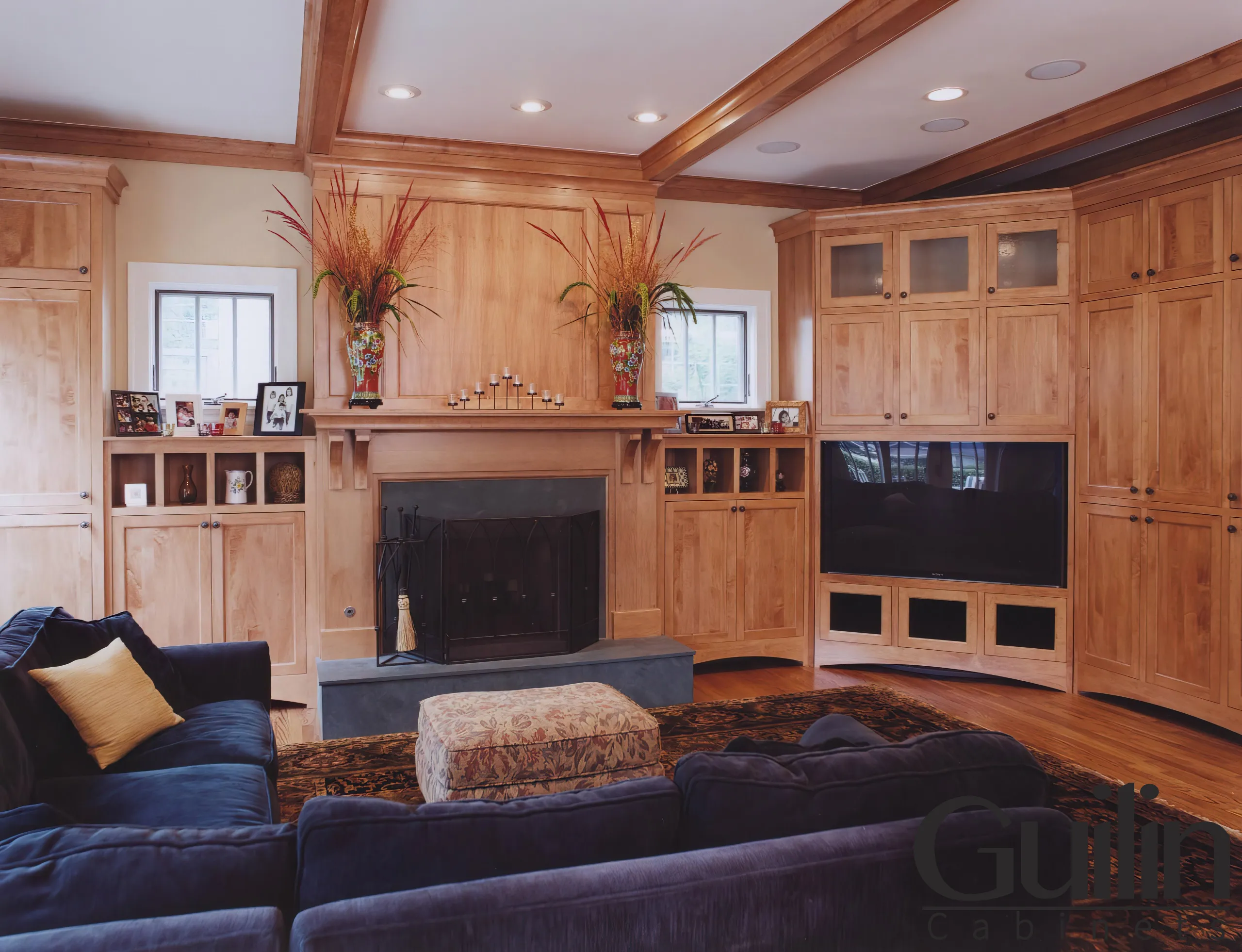
Plywood: Cabinet Core
Looking for cabinet materials that are lightweight, durable, easy to repair, and cost-effective option for your kitchen cabinets? The plywood is a perfect choice. It’s an engineered wood product, which refers to man-made products created in factories. This type of wood is made up of several layers of thin sheets of Real wood, scrap wood, shredded wood fibers, or MDF, and Particleboard that are glued together. This creates a strong and sturdy material that is ideal for kitchen cabinets.
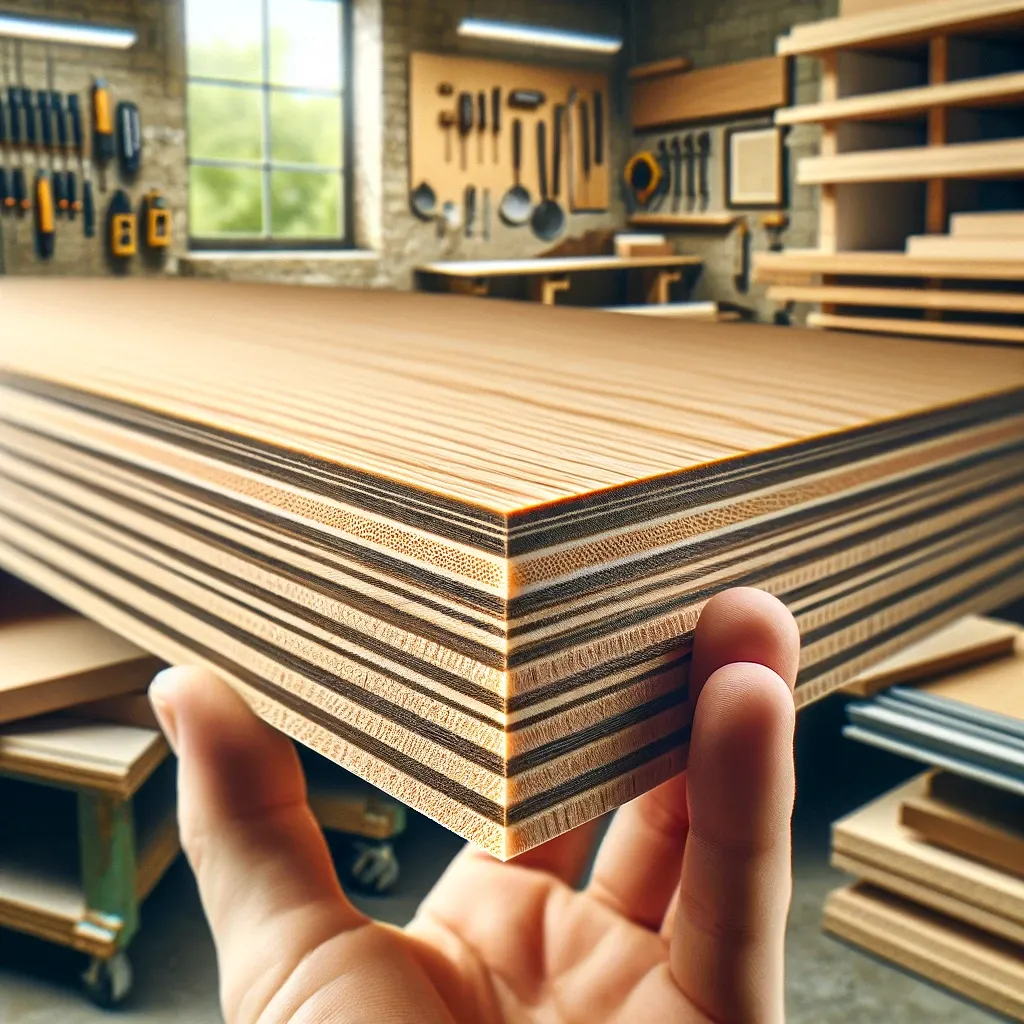
The Common Core layers of Plywood:
- Veneer-core
- Fiber-core
- MDF-core
- Particleboard-core
- Lumber-core
- Combine-core
Plywood is incredibly lightweight, making it easier to install and manipulate than heavier materials like solid wood. Additionally, if any chips, scratches, or other minor damage occurs, it is easy to repair and sand down. Plywood is a great option if you’re wanting to save on material costs. Although it is still more expensive than most wood substrates or manufactured wood products, it is much more affordable than stainless steel or solid wood. However, if you’re not careful when selecting plywood for your cabinets, you may find knots, gaps, and thinner planks that may not hold up if the cabinet gets overloaded.
=>Read more: Plywood Cabinets: Pros and Cons to Consider

Pros of Plywood for Kitchen Cabinets:
- Save money
- Lightweight
- Medium durable
- Easy to repair
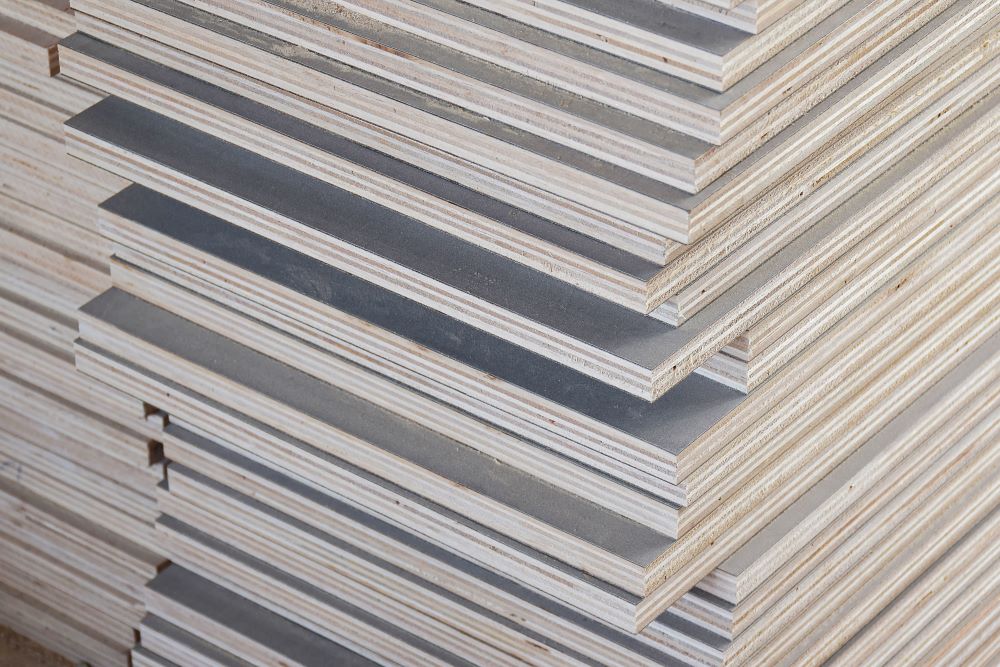
Cons of Plywood for Kitchen Cabinets:
- Warps easily
- Vulnerability to Moisture
- Easily Damaged
- Prone to Warping
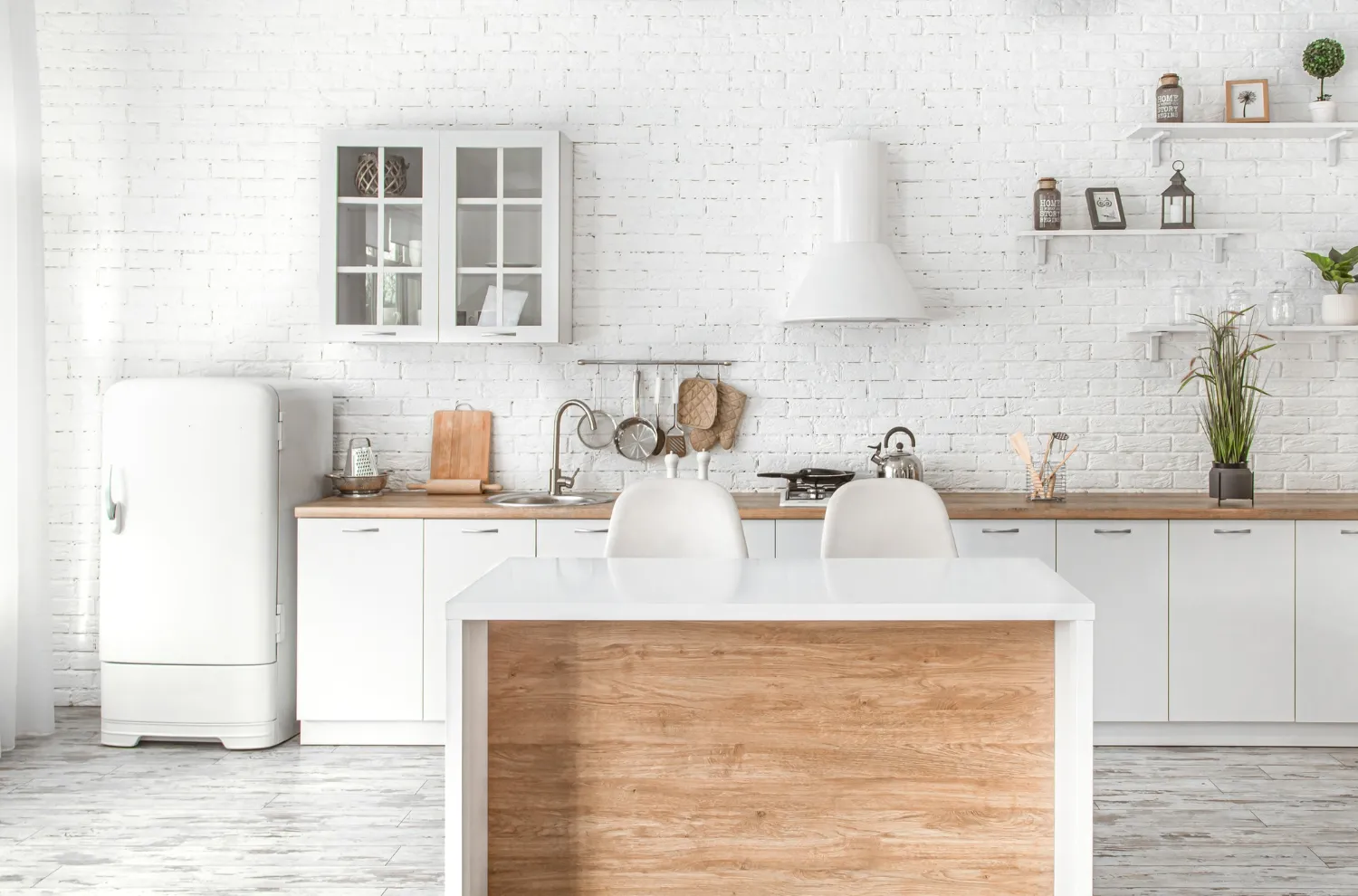
Particleboard: Cabinet Core
Particle board is a type of composite wood product made from wood chips, sawdust, wood shavings, and other wood products that are glued together with a resin under high pressure and heat. It is a cheaper alternative to traditional plywood and is often used in furniture, cabinetry, and other woodworking projects. Particle board is usually lighter and less expensive than plywood, but also weaker and less durable. It also tends to absorb moisture more easily, making it susceptible to damage from water or humidity. It is also less resistant to warping and cracking, which can be an issue when used in furniture or other applications. Not only is it typically cheaper than plywood, but it’s also made from scraps of wood that would otherwise be considered waste that made Particleboard environmentally friendly. Many plywood manufacturers also create particle boards from their waste materials from plywood, making them even more cost-effective.
=> Read More: Particle board Cabinets: Pros and Cons to Consider
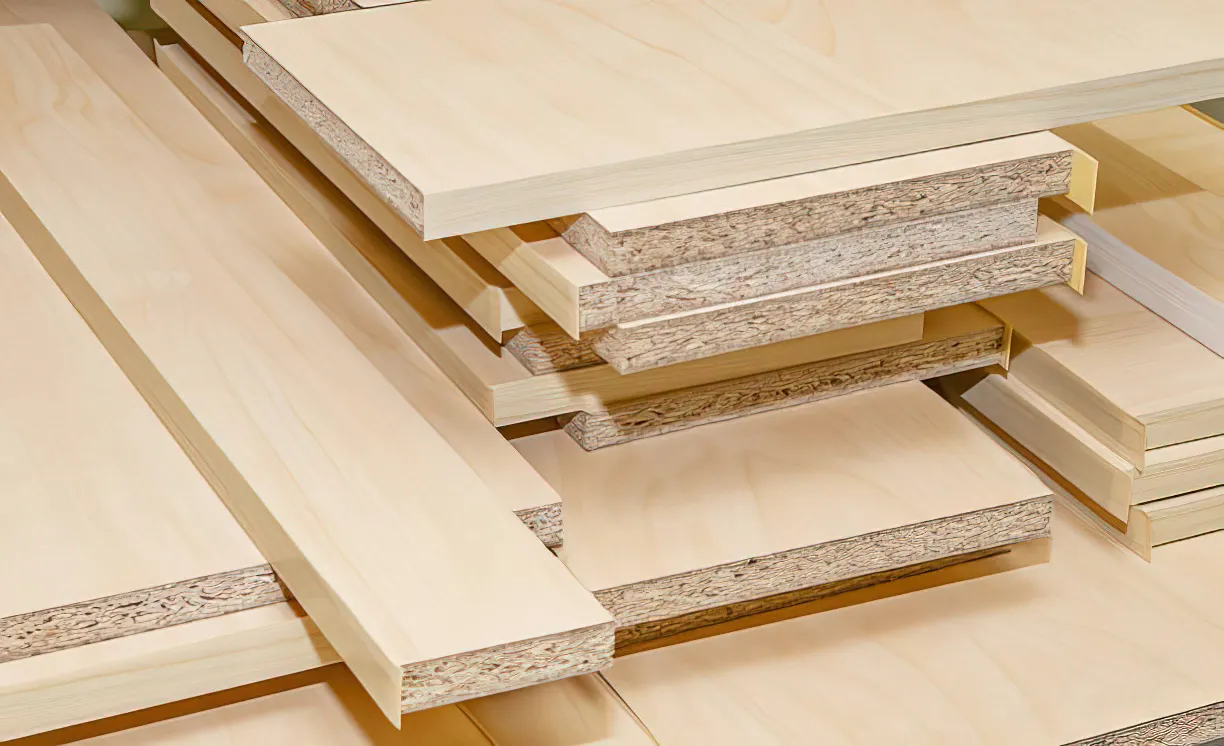
Pros of Particleboard for Kitchen Cabinets:
- Very cost-effective
- Lightweight
- Easy to Cut & Custom
- DIY Friendly
=> Related Article: What Is The Cheapest Type Of Wood Cabinet?
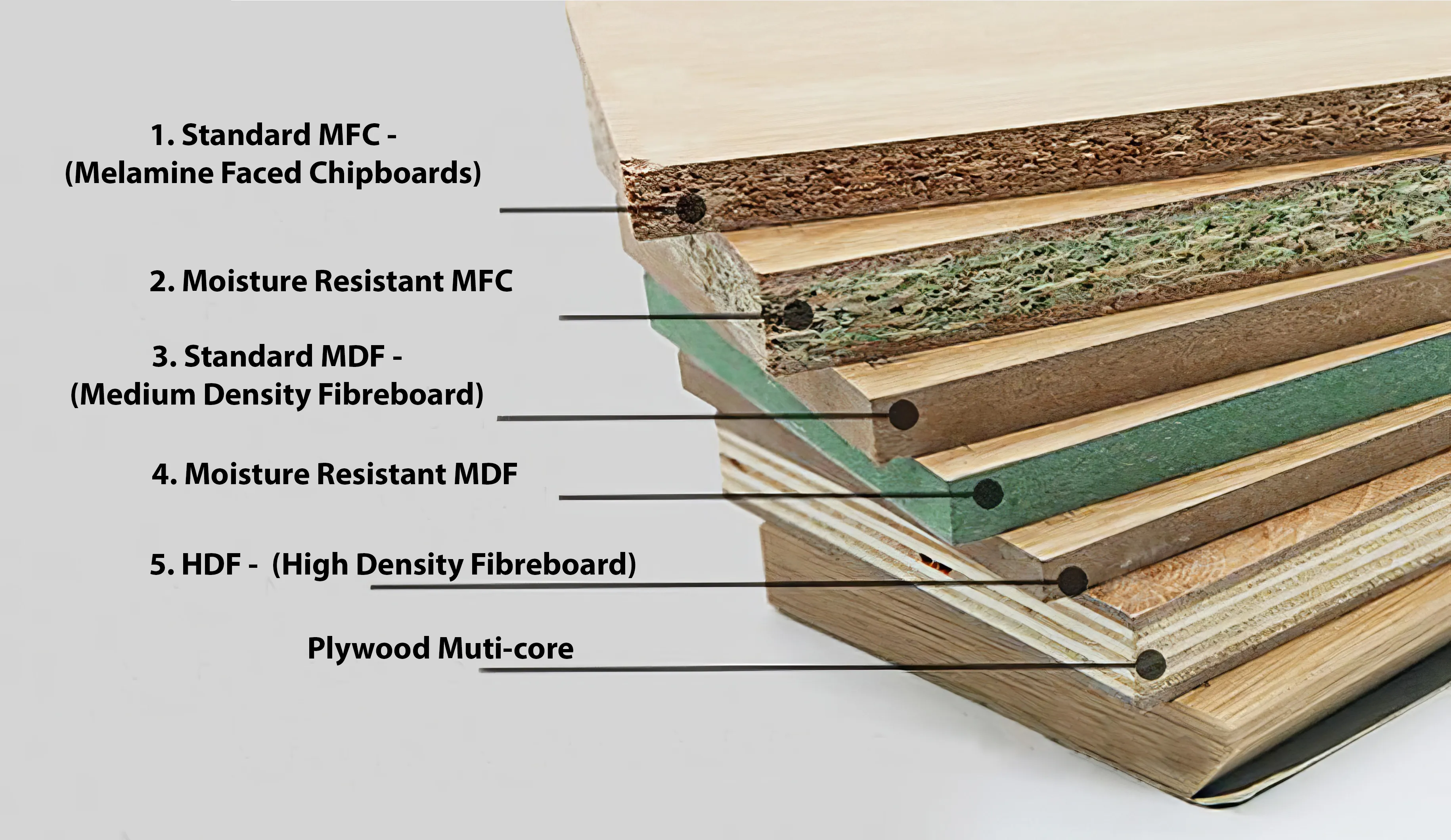
Cons of Particleboard for Kitchen Cabinets:
- Poor Durability
- Unattractive Appearance
- Potentially Toxic
- Low Resale Value
- Difficult to Repair
Melamine Wood: Veneer
Melamine is a type of material that is commonly used to make Cabinets. It is a man-made material that is made from resin and plastic, and it is often used to create a durable, long-lasting finish. They are commonly used as an overlay for materials like MDF, Plywood, and Particleboard. The process of making melamine wood for cabinets involves a thermosetting process, that applies high pressure to the melamine resin and particleboard core to create a strong bond. This bond is what makes melamine wood cabinets so durable and long-lasting. Plus, the finish that is created is also beautiful and sleek.
Melamine is popular in kitchen cabinets because it is highly resistant to wear and tear and is very easy to clean and maintain. It is also very cost-effective, making it a great choice for many homeowners. This material is very strong, so it can stand up to the wear and tear that comes with everyday use. In Addition, They are available in a variety of colors, textures, and finishes, making it easy to find a style to fit any home. And Melamine also doesn’t require a lot of maintenance, making it a great choice for busy families.
=> Read More: Melamine Cabinets: Pros and Cons to Consider
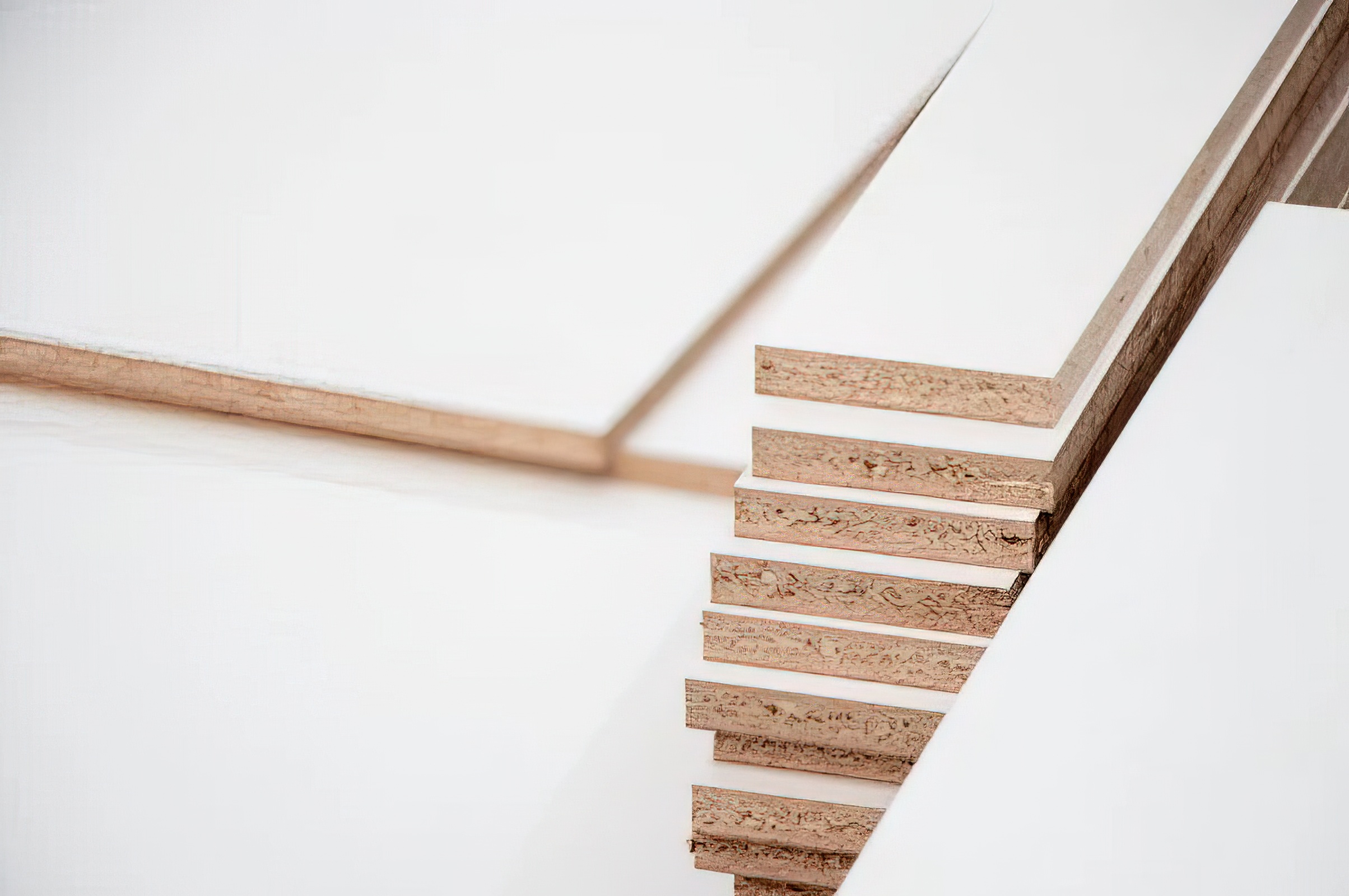
Pros of Melamine Wood for Kitchen Cabinets:
- Very cost-effective
- Water Resistance:
- Resistant to scratches, chips, and dents.
- Lightweight
- Easy to Cut & Custom
- DIY Friendly
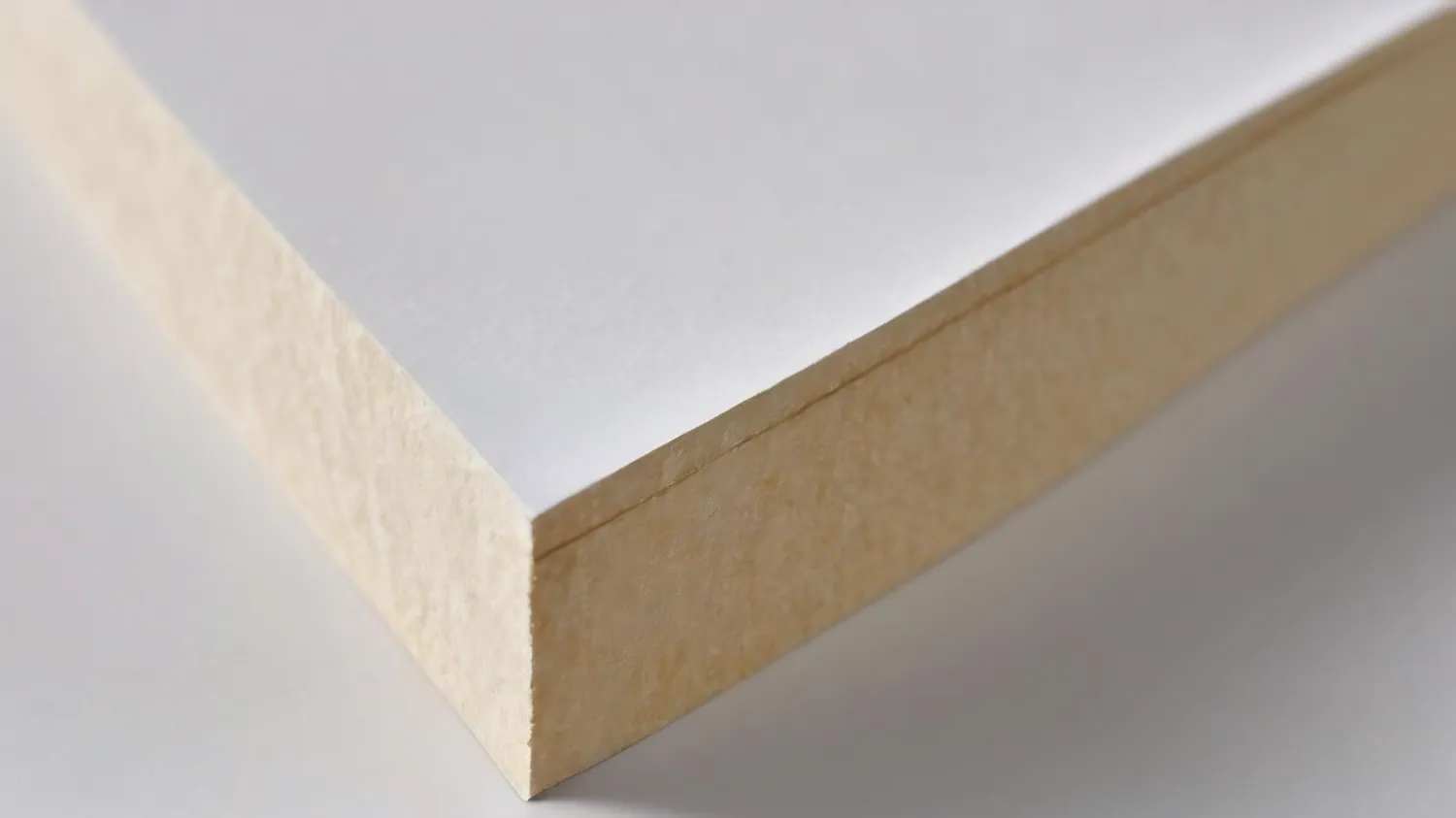
Cons of Melamine Wood for Kitchen Cabinets:
- Not pair well with nails and screw
- Need Pro to install
- Unattractive Appearance
- Low Resale Value
- Difficult to Repair
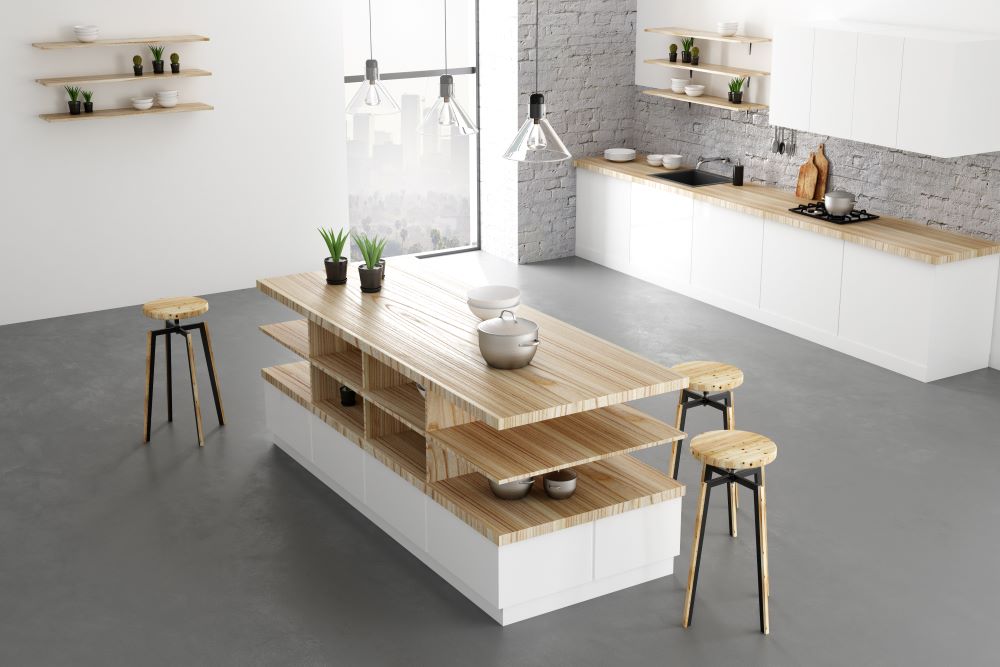
Natural Wood Veneer: Veneer
Have you ever wanted to add the look and texture of natural wood to your home without the hefty price tag? Wood veneer cabinets could be the answer! Wood veneer cabinets are made of real wood, just in a thinner, more cost-friendly version. To make wood veneer, a thin layer of real wood is attached to an underlying substrate (MDF, HDF, Particleboard…), which helps reduce the cost. That means you can have a beautiful, natural-looking wood finish for a fraction of the price. Plus, wood veneer cabinets offer the same durability, strength, and scratch-resistant properties as traditional cabinets. So, if you’re looking for a cost-effective way to add a touch of natural wood to your home, wood veneer cabinets are a great option!
=> Read More: Wood Veneer Cabinets Pros and Cons to Consider
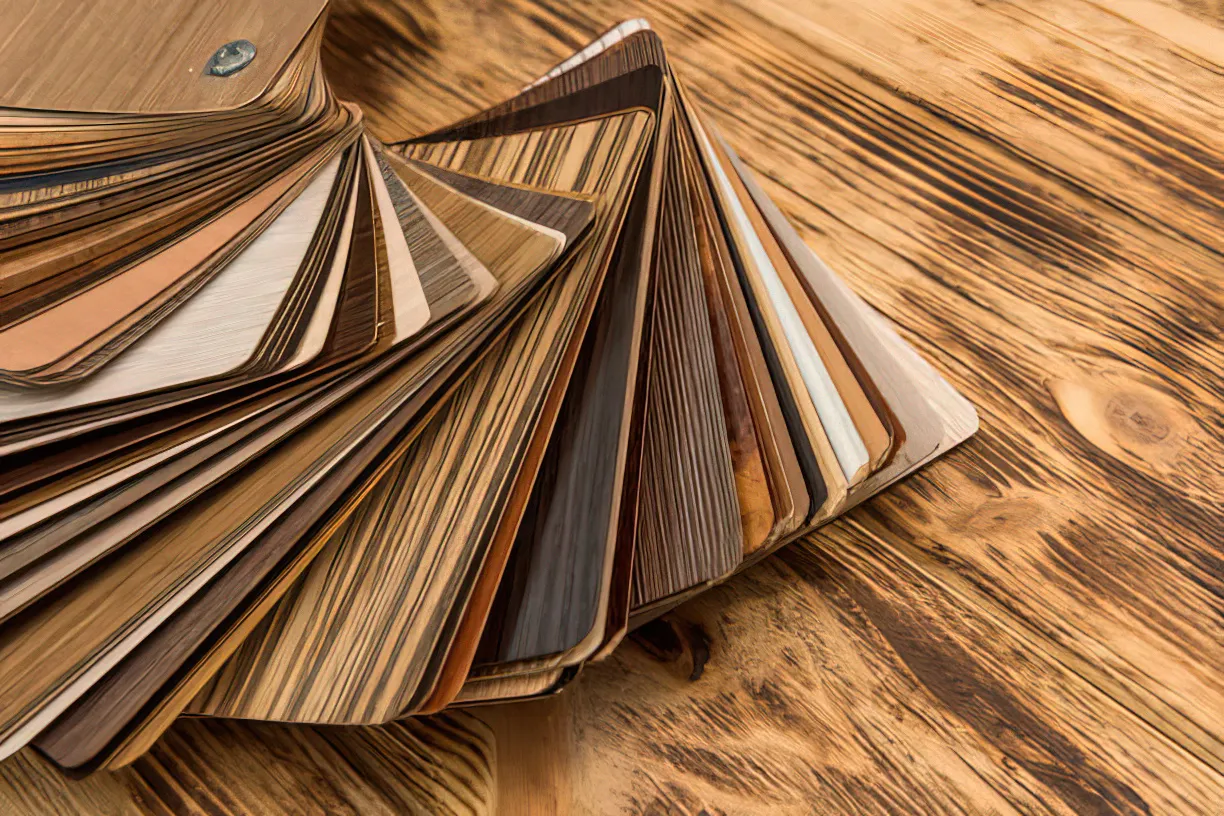
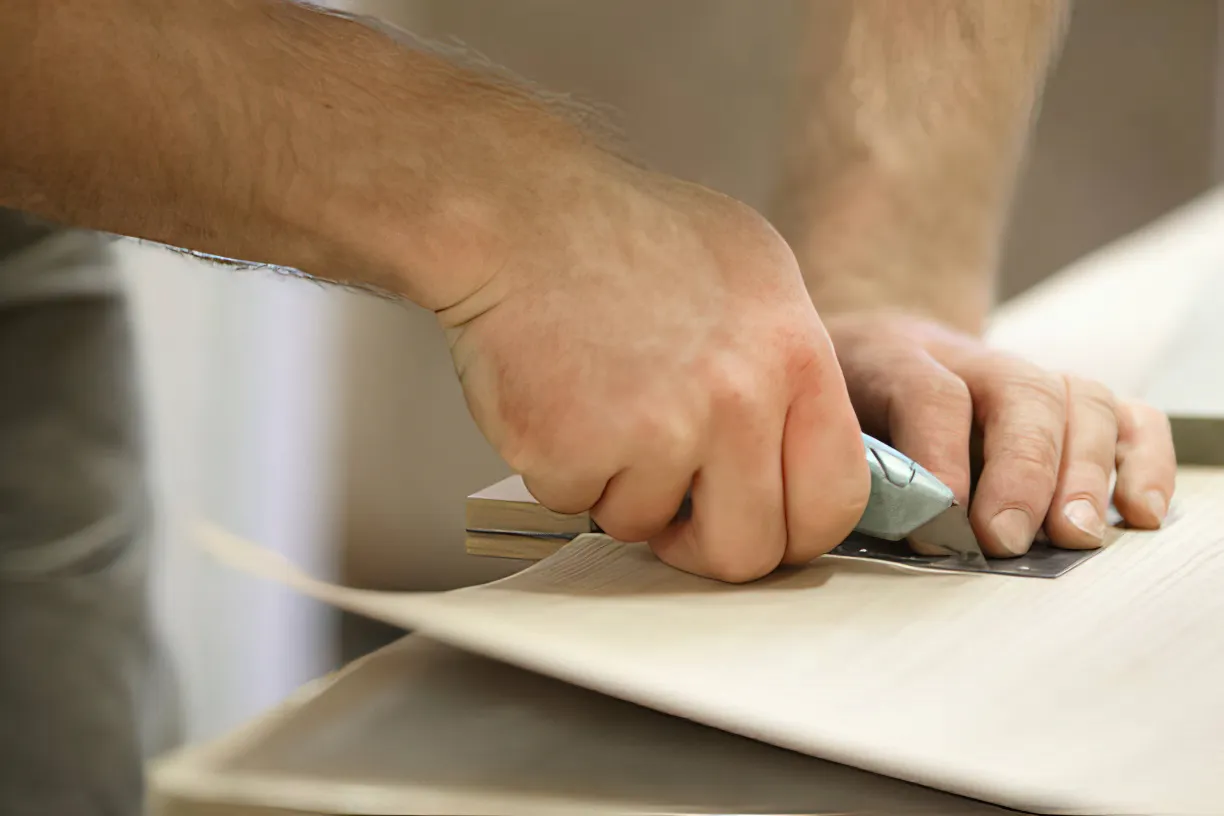
Pros of Wood Veneer for Kitchen Cabinets
- Look Like Natural Wood
- Low Cost than Natural Wood
- Variety in design
- Strength and Durability
- Eco-Friendly
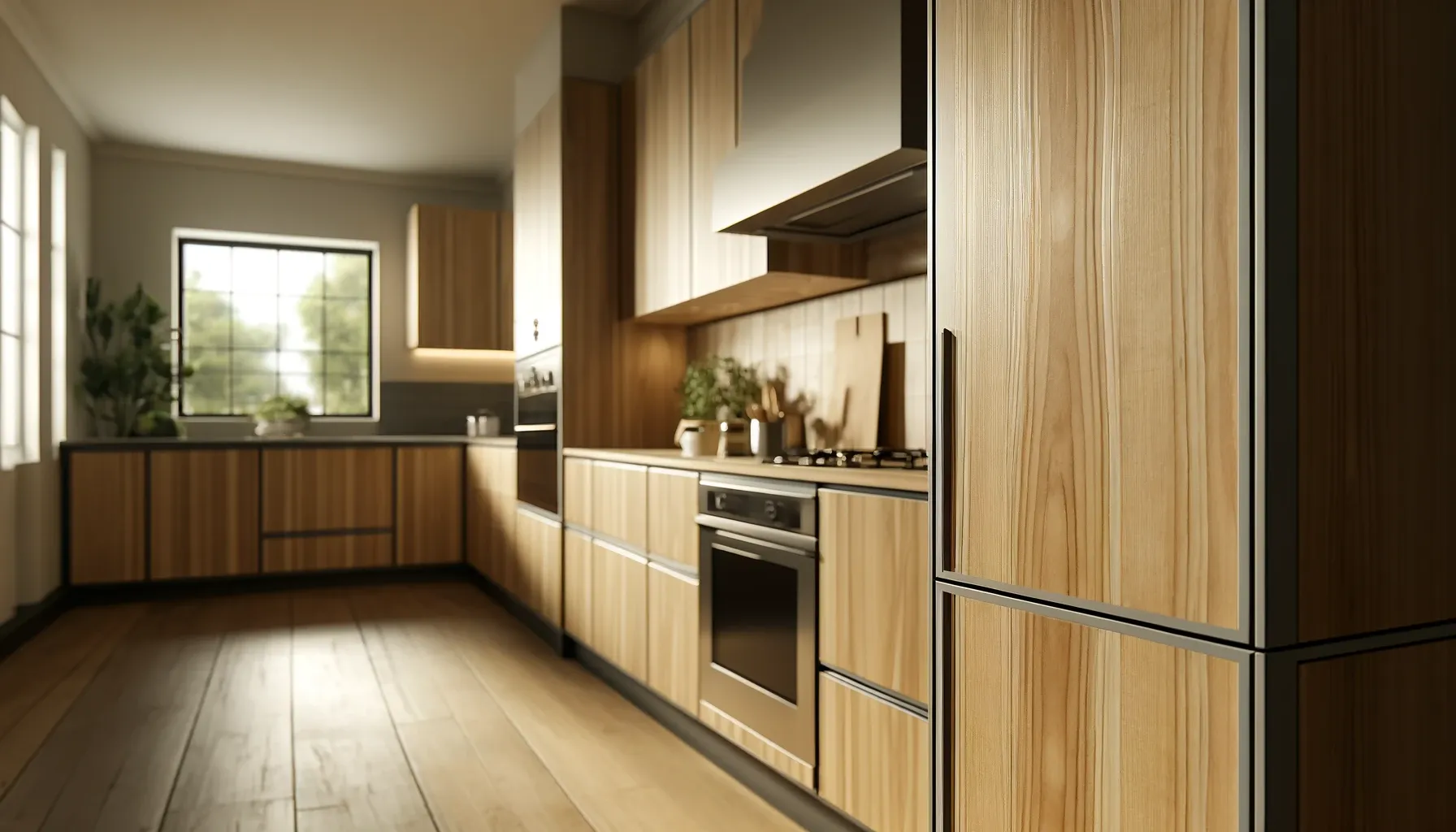
Cons of Wood Veneer for Kitchen Cabinets
- Water Damage
- Need Pro installed
- More Maintenance
- Hard to Repaired
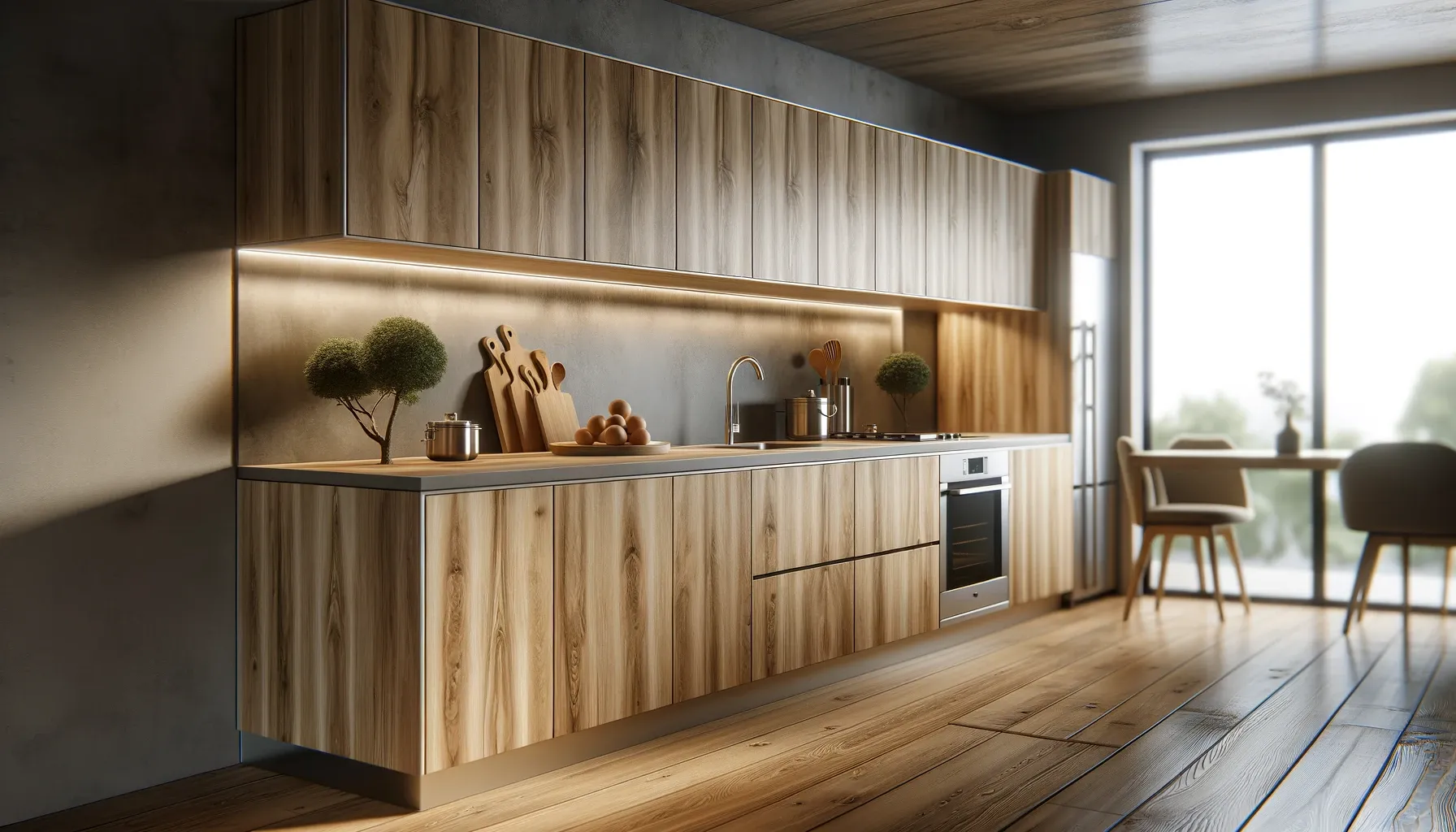
Laminate: Veneer
Laminate cabinets are a great choice for anyone looking for a long-lasting and stylish addition to their kitchen. They are made from of a strong core material, usually made from MDF or wood particleboard and melamine, that applies high pressure to the melamine resin and wood core to create a strong bond. Laminate cabinets are highly customizable and allows you to create the perfect look for your kitchen. Not only do they look great, but they are also incredibly durable and will last for years to come. So if you’re looking to upgrade your kitchen, laminate cabinets are definitely the way to go.
=> Read more: Laminate Wood Cabinets: Pros and Cons
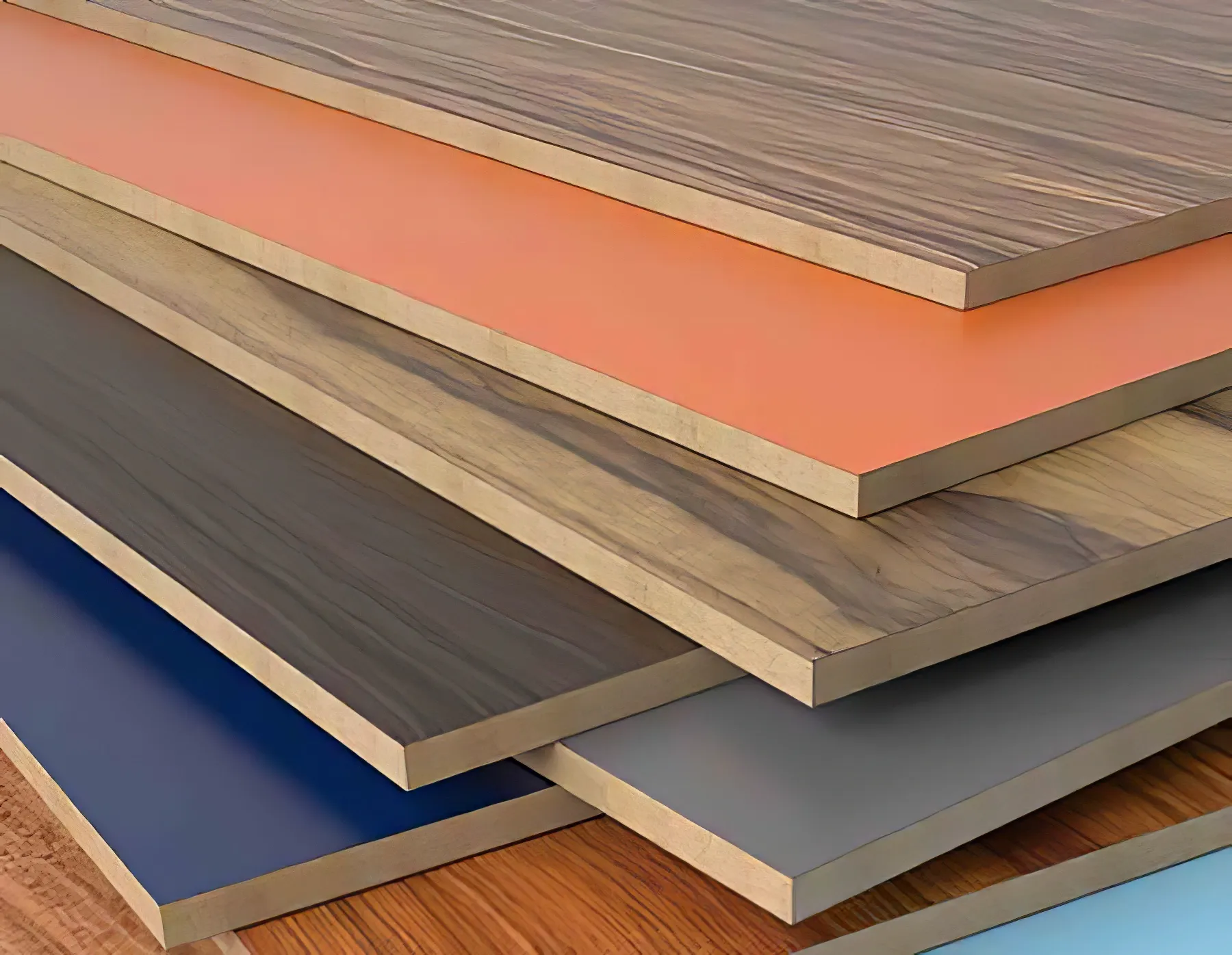
Pros of Laminate for Cabinets
- Easy to clean
- Affordable cost
- DIY Friendly
- Resistant Scratch and stain
Cons of Laminate for Cabinets
- Lack of Resale Value:
- Susceptible to Moisture Damage:
Thermofoil: Veneer
Thermofoil wood is a popular material used for cabinetry in kitchens and bathrooms. It’s made from PVC (Polyvinyl Chloride) vinyl film material, a thin layer of plastic that is heat-molded onto a wood, particleboard, or medium-density fiberboard (MDF) substrate. This creates a hard, durable surface that is easy to clean and maintain. It is also a cost-effective material, making it an attractive option for budget-conscious homeowners.
=> Read more: Thermofoil wood cabinets: pros and cons
Thermofoil wood cabinets come in a variety of colors and finishes, allowing for a custom look that can match any decor. Additionally, because it is a sealed surface, it is stain-resistant and resists warping and discoloration. The only downside to thermofoil wood is that it does not stand up well to heat and direct sunlight, so it is important to keep it out of direct sunlight and away from hot appliances. With proper care and maintenance, thermofoil wood cabinets can last for years and provide a beautiful, timeless look.
Thermofoil is sometimes mistaken for Melamine and Laminate cabinets, albeit they have different materials. While Melamine and Laminate are produced using melamine plastic, Thermofoil is made of vinyl. To distinguish between them, it is noteworthy that Thermofoil is thicker, has a more supple texture, is simpler to peel off, and is more flexible.
=> Read more: Thermofoil vs Laminate vs Melamine: What Different
Pros of Thermofoilfor Kitchen Cabinets
- Cost-Effective
- Durable
- Easy to Clean
- Variety of colors and textures
- Resistant scratches, scuffs
Cons of Thermofoilfor Kitchen Cabinets
- Difficult to refinish
- Very vulnerable to heat damage
MDF – Medium-Density Fiberboard: Cabinet Core
MDF (Medium-Density Fiberboard) is a popular material used in furniture and cabinets, thanks to its durability and affordability. MDF is made from wood fibers that are combined with a synthetic resin and then heated and pressed together. This process gives MDF its unique properties and makes it an ideal material for furniture, cabinets, and other home decor items. MDF is resistant to moisture, warping, and rotting, making it a great choice for cabinets in damp or humid locations. The material is also lightweight and easy to cut, making it an ideal choice for DIY projects. MDF is also cost-effective, making it a popular choice for those on a budget.
=> Read more: MDF (Medium-Density Fiberboard) For Cabinets: Pros and Cons
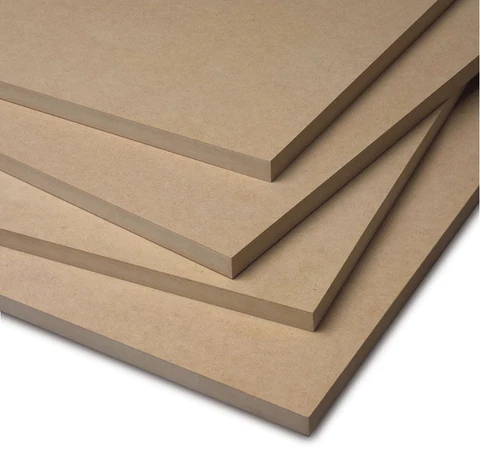
Pros of MDF Kitchen Cabinets
- Resistant to moisture
- Resistant to warping
- Lightweight
- Easy to cut
- DIY Friendly
Cons of MDF Kitchen Cabinets
- Not Good in extreme heat
- Water damage
- Cannot hold screws or nails
- No wood grain
HDF – High-Density Fiberboard: Cabinet Core
High-Density Fiberboard (HDF) is a type of composite wood product that is made from wood fibers and resin. It is typically denser and stronger than particleboard or medium-density fiberboard, making it an ideal choice for many applications. HDF is commonly used in furniture, cabinetry, flooring, and other construction projects. It is also used in soundproofing, as it is able to absorb sound waves. HDF is known for its durability, strength, and moisture resistance.
=> Read More: HDF Kitchen Cabinets: Pros, Cons and Expert Recommendations

Pros of HDF Kitchen Cabinets:
- Extremely Durable
- Can paint well
- Good in humid environments
- Good in dry environments
- Resistant to warping
Cons of HDF Kitchen Cabinets:
- Water damage
- Cannot hold screws or nails
- No wood grain
Stainless Steel: Whole Cabinet
Stainless steel is a popular and versatile material used for cabinets, providing a range of benefits. Its strength, durability, and easy maintenance make it an ideal choice for many applications. Stainless steel is highly corrosion-resistant, making it an ideal choice for wet or damp environments. It is also highly heat-resistant, which is ideal for kitchens and other areas where heat is common. In addition, stainless steel is hygienic and easy to clean, making it an excellent choice for food preparation areas.
=> Read More: Pros and Cons of Stainless Steel Kitchen Cabinets

Pros of Stainless Steel Cabinets:
- Durable and long-lasting
- Resistant Stains
- Easy to clean, maintain
- Industrial, restaurant-style kitchens
- Warp in high heat or humidity
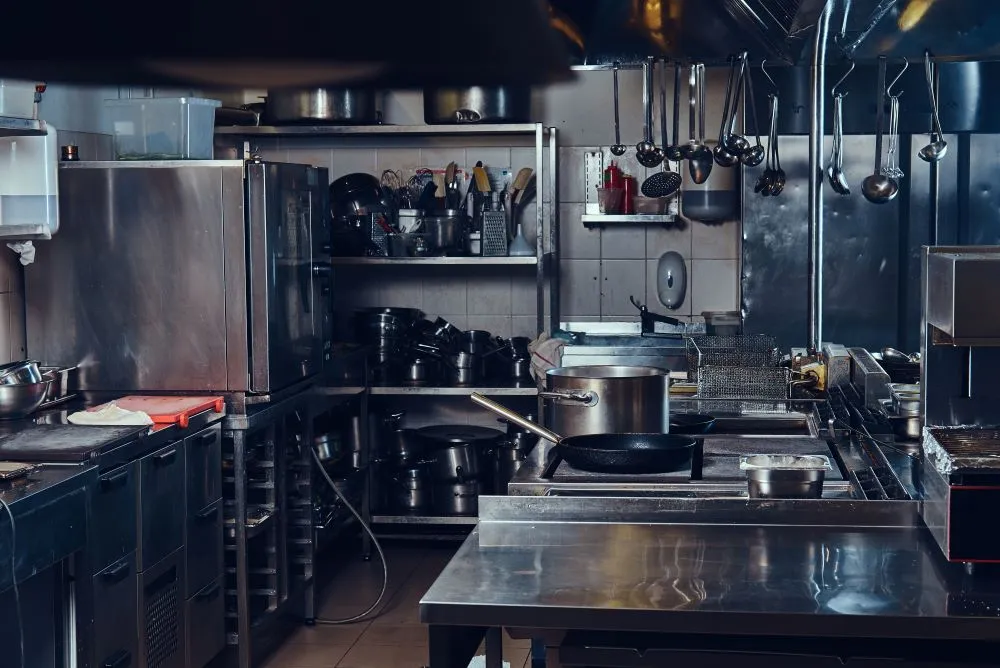
Cons of Stainless Steel Cabinets:
- Not scratch-resistant
- Not suitable for traditional-style kitchens
- Make fingerprints more evident





